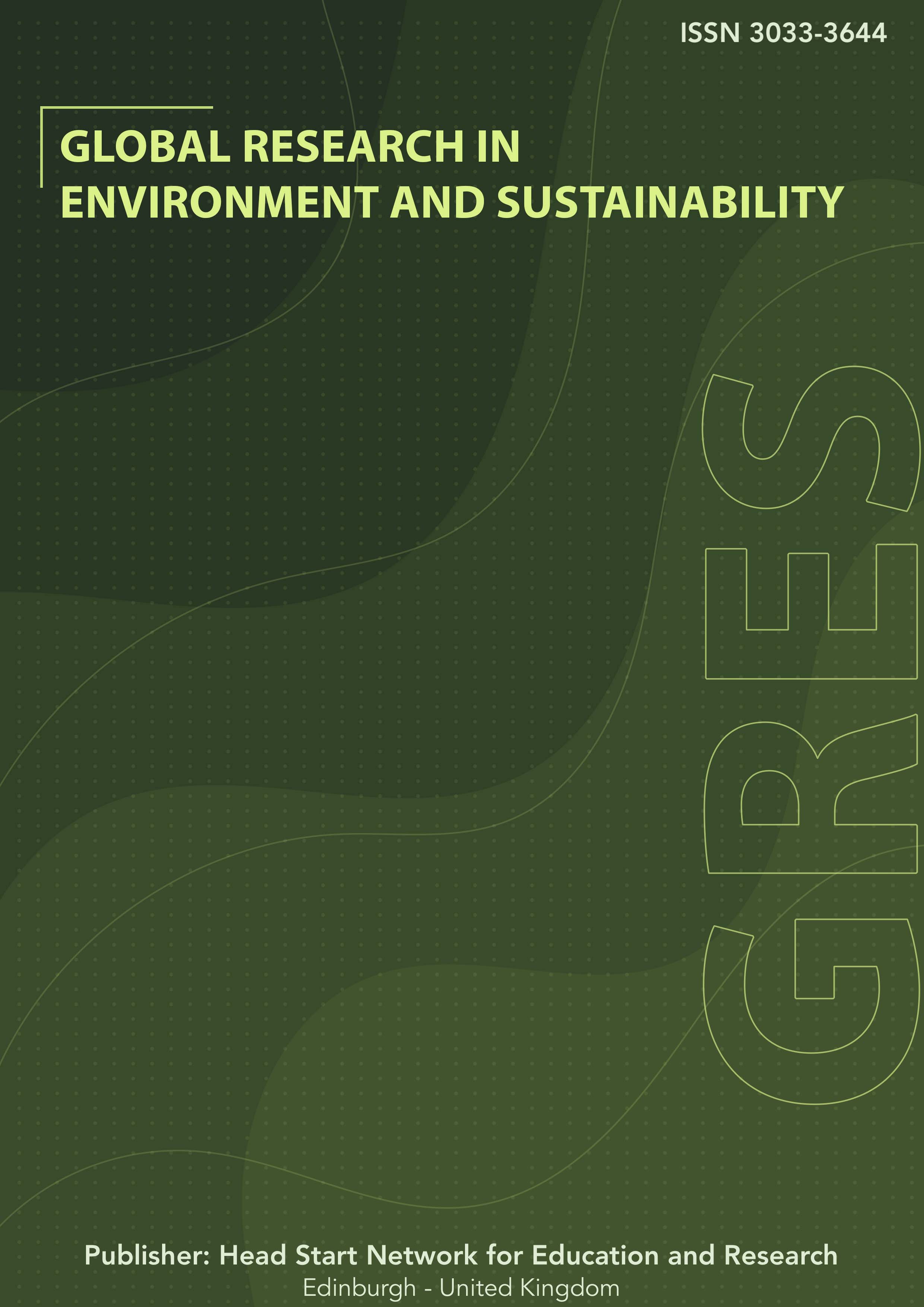Genotype by Environment and Grain Yield Stability Analysis of Improved Linseed Varieties on the Highlands of North Shewa Zone, Oromia
DOI:
https://doi.org/10.63002/gres.304.1048Keywords:
Adaptability, GGE Biplot, Seed Yield, Stability, VarietiesAbstract
Field experiment was conducted at Kuyu, D/Libanos and Jida districts of North Shewa Zone, Oromia region, Central Ethiopia with the objectives of evaluating adaptable and best yield performing improved linseed varieties for further demonstration and scaling up during the main cropping season of 2021 and 2022. The experiment was conducted using randomized complete block design (RCBD) with three replications. In the experiment, fifteen improved linseed varieties were used to evaluate their performance. Parameters like seed yield (qt/ha), 1000 seed weight in grams, number of capsules per plant, number of branches per plant and plant height (cm) were measured to assess the actual field performances of different linseed varieties. The data were analyzed by R software. Seed yield and most of yield the components were significantly affected by the main effect of variety and environment. The results revealed that there were significant (P < 0.01) variations between the varieties for yield. Higher yield was recorded on Horasoba and Kulumsa-1 varieties while low yield was recorded from Bekelcha. In addition the stability analysis indicated that the mean of seed yield is more stable across locations as compared to other varieties. Therefore, farmers located at the study area are recommended to use those varieties to increase linseed crop yield.
Downloads
Published
Issue
Section
License
Copyright (c) 2025 Abreham Feyisa Bedada, Gashaw Sefera Bedada, Name Kinati Firisa

This work is licensed under a Creative Commons Attribution 4.0 International License.





